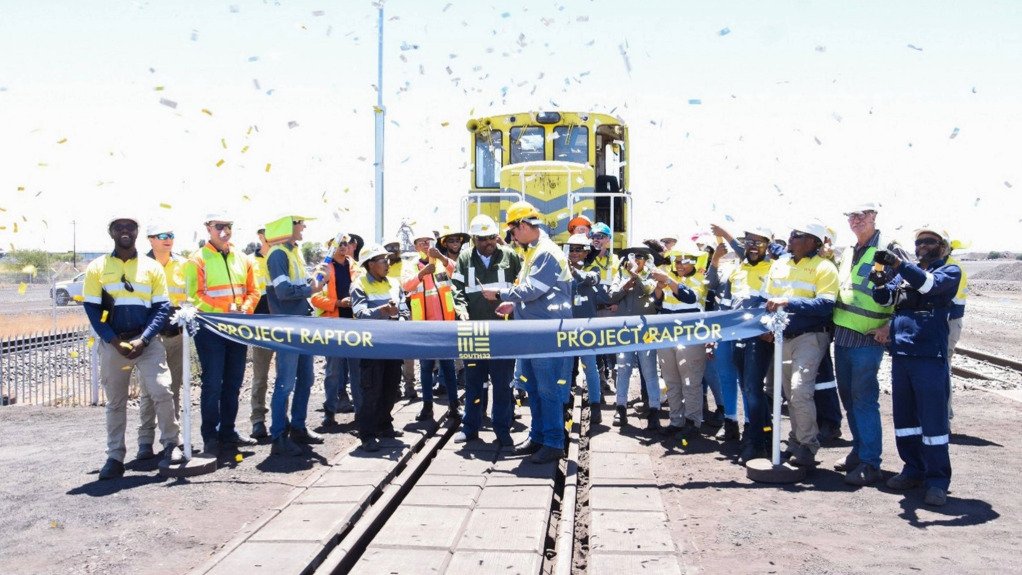Multidisciplinary professional firm WSP has completed a comprehensive upgrade of diversified miner South32’s manganese rail infrastructure in the Northern Cape.
The project was carried out by WPS’s Project Raptor team, which forms part of the company’s Transport and Infrastructure (T&I) division.
The work encompassed a range of tasks, from feasibility and detailed design to implementation.
Located in one of the world’s most significant manganese mining regions, the project played a role in enhancing transportation of this metal amid increasing demand for manganese.
Through Project Raptor, WSP was able to implement an innovative tender strategy.
The team, led by WSP in Africa T&I MD Dr Terence Milne, proposed a digital approach that introduced 3D modelling, building information modelling-based project controls, and 4D and 5D execution, thereby elevating the project’s technical complexity and precision.
The digital approach was used from design to execution. The Project Raptor team employed advanced technologies such as drone measurement for real-time construction tracking and Autodesk Construction Cloud (ACC) for paperless construction monitoring.
This enabled the creation of a digital twin of the project, where biweekly drone imagery was converted into 3D models, allowing WSP and South32 to accurately assess progress against the design.
“By integrating a paperless, 3D design methodology from the beginning, we ensured the project's sustainability, efficiency, and scalability. This digitally advanced approach reduced traditional on-site errors and provided a fully transparent platform for collaboration between stakeholders, including project contractors,” Milne says.
Further, in collaboration with South32, Project Raptor helped numerous women from the local area obtain training certificates in heavy plant operation, thereby promoting local employment opportunities and fostering long-term skills development.
“We were able to create real, tangible opportunities for local workers, many of whom will continue to contribute to South Africa’s infrastructure and industrial development for years to come,” Milne says.
While the project encountered typical large-scale construction challenges, such as tight timelines and logistical constraints, WSP used real-time, digital monitoring to mitigate associated risks.
The project’s safety management protocols, enabled by ACC, were so robust that South32 is now considering adopting them at other similar projects, says WSP.
With the success of Project Raptor, WSP has managed to generate future opportunities, including major infrastructure bids such as the bulk earthworks at the Simandou project, in Guinea, and port expansions for State-owned Transnet in South Africa.
“Project Raptor . . . will serve as a blueprint for future major infrastructure projects, proving that digital transformation can enhance not only technical outcomes but also community impact,” Milne says.
Edited by: Chanel de Bruyn
Creamer Media Senior Deputy Editor Online
EMAIL THIS ARTICLE SAVE THIS ARTICLE
ARTICLE ENQUIRY
To subscribe email subscriptions@creamermedia.co.za or click here
To advertise email advertising@creamermedia.co.za or click here













